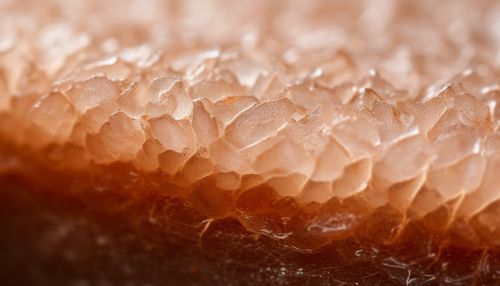Scalp reduction
Overview
Scalp reduction, also known as alopecia reduction, is a surgical procedure that aims to reduce the area of baldness on the head by removing a portion of the bald scalp and stretching the remaining, hair-bearing scalp up to fill in the gap. This procedure is typically performed on patients suffering from male or female pattern baldness, where hair loss occurs in a well-defined pattern beginning above both temples and thinning at the crown of the head.


Procedure
The scalp reduction procedure begins with the administration of local anesthesia to numb the area of the scalp that will be operated on. The surgeon then makes an incision in the bald area of the scalp and removes a segment of the bald scalp. The edges of the remaining hair-bearing scalp are then pulled together and sutured. This effectively reduces the surface area of baldness on the head and increases the density of hair in the treated area.
Techniques
There are several techniques used in scalp reduction surgery, including the free graft technique, the rotation flap technique, and the advancement flap technique.
The free graft technique involves removing a section of bald scalp and replacing it with a graft of hair-bearing scalp taken from a different area of the head. The graft is then sutured into place.
The rotation flap technique involves making an incision in the scalp and rotating a flap of hair-bearing scalp into the bald area. The flap is then sutured into place.
The advancement flap technique involves making an incision in the scalp and advancing a flap of hair-bearing scalp into the bald area. The flap is then sutured into place.
Risks and Complications
Like any surgical procedure, scalp reduction carries certain risks and potential complications. These may include infection, bleeding, and scarring. There is also the risk of tension on the suture line, which can lead to a wider scar or hair loss around the scar. Other potential complications include necrosis of the scalp, or the death of scalp tissue, and alopecia areata, a condition where hair falls out in small patches.
Postoperative Care
After the procedure, patients may experience some discomfort and swelling, which can be managed with pain medication and ice packs. Patients are typically advised to avoid strenuous activity and to sleep with their head elevated for the first few days after surgery. The sutures are usually removed about 10 days after the procedure.
Effectiveness and Limitations
Scalp reduction can be an effective treatment for pattern baldness, particularly in cases where hair loss is not extensive. However, it is not suitable for all patients and is not effective in treating diffuse or total baldness. The procedure also does not prevent further hair loss and may need to be combined with other treatments, such as hair transplants, for optimal results.
